A promising new marine discovery may change how scientists view the ocean. By using advanced satellite mapping, scientists at the University of Queensland (UQ) in Australia have discovered that Earth’s global expanse of coral reefs is significantly larger than previously thought.
This new research represents a significant advancement in the conservation of these essential coral reef ecosystems.
The Importance of Coral Reefs
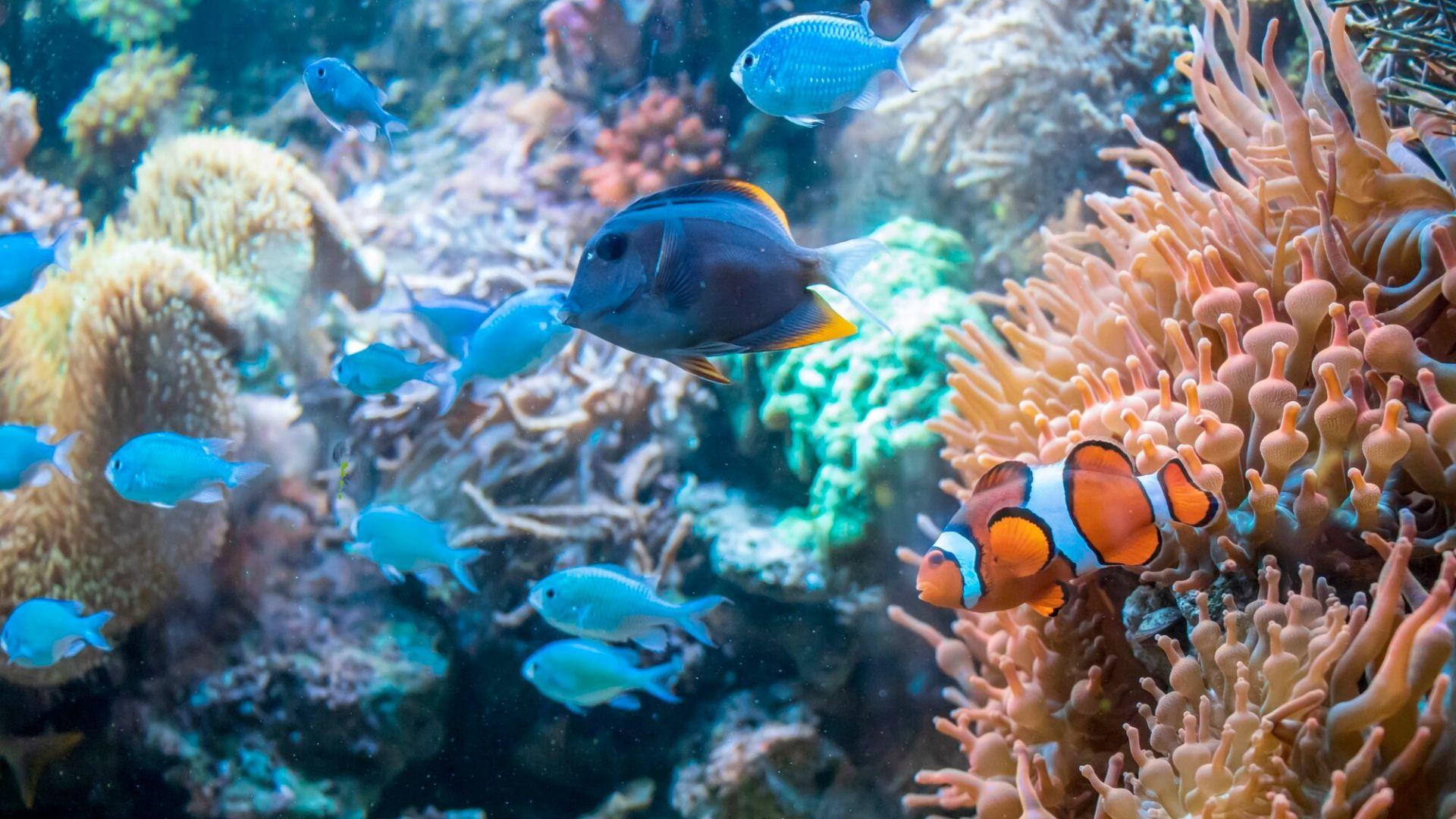
Coral reefs could be considered the ocean’s equivalent to rain forests, given their immense ecological importance. These vibrant underwater ecosystems are essential for the overall health of the planet. They support an astonishing variety of marine species and contribute significantly to the stability of ocean environments.
Beyond their ecological value, coral reefs offer vital services to human societies, too. They act as natural shields for coastlines, reducing the impact of storms and preventing erosion. Additionally, reefs bolster local economies by supporting fishing industries and attracting tourism.
Biodiversity Hotspots
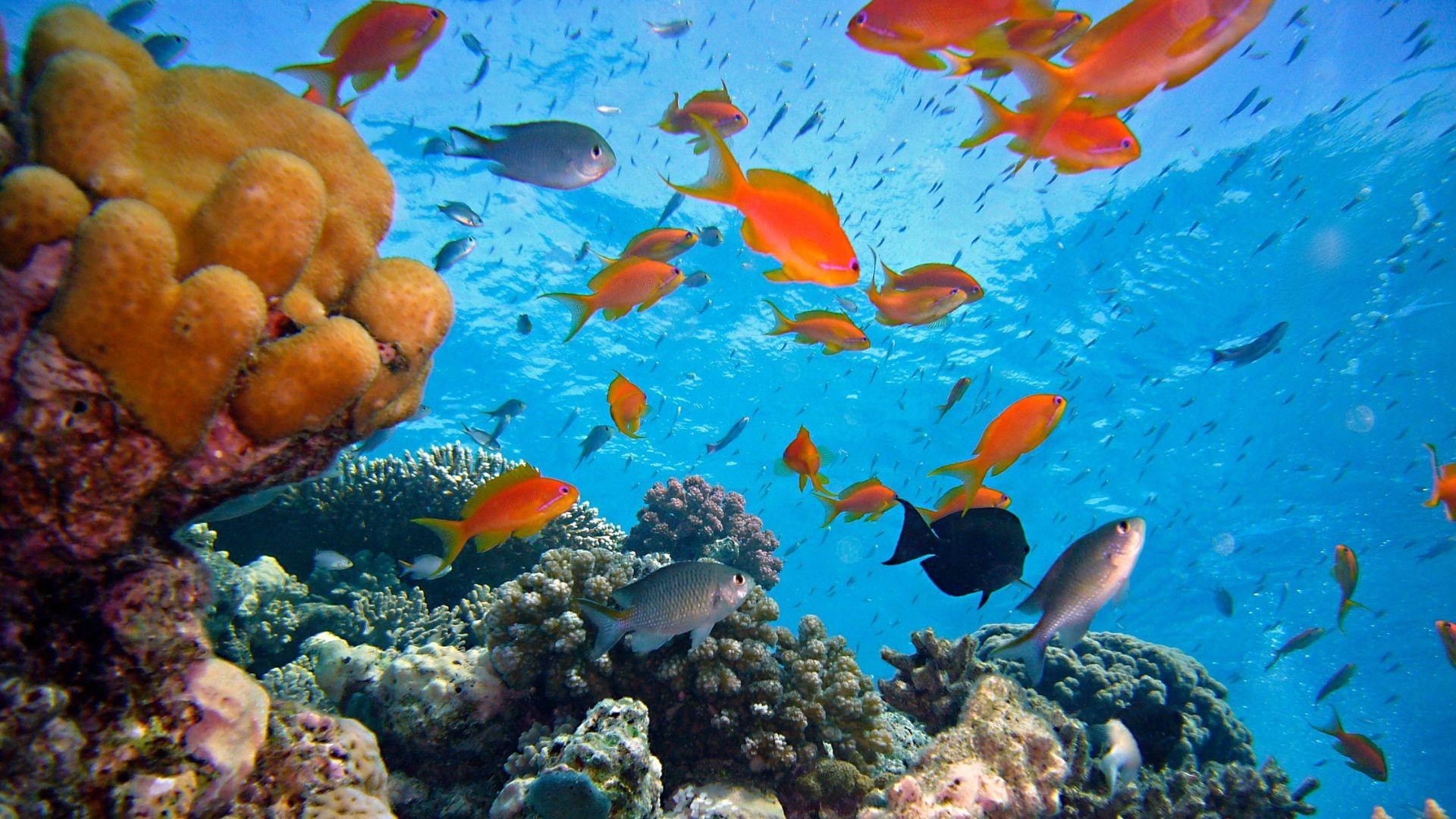
Coral reefs are home to an extraordinary range of marine life. Even though they occupy less than 1% of the ocean’s surface, they are vital habitats for approximately 25% of all ocean species. Reefs offer essential environments for spawning, growth, and shelter, making them incredibly important for the survival and development of countless marine organisms.
The rich biodiversity found within coral reefs not only supports a vibrant marine ecosystem but also plays a key role in maintaining genetic diversity. This diversity is crucial for the ability of species to adapt to changing environmental conditions, ensuring the resilience and sustainability of these ecosystems in the face of various challenges.
Coastal Protection

Coral reefs function as natural shields by dissipating the force of incoming waves and storms. This helps safeguard coastal areas, communities, and shorelines from erosion and flooding. Their ability to absorb and deflect wave energy provides critical protection against the impacts of severe weather.
This natural defense is especially crucial for low-lying island nations and coastal regions facing heightened risks due to climate change, including rising sea levels and more frequent, intense storms. The protective role of coral reefs is indispensable for mitigating the adverse effects of these environmental challenges.
Economics and Coral Reefs
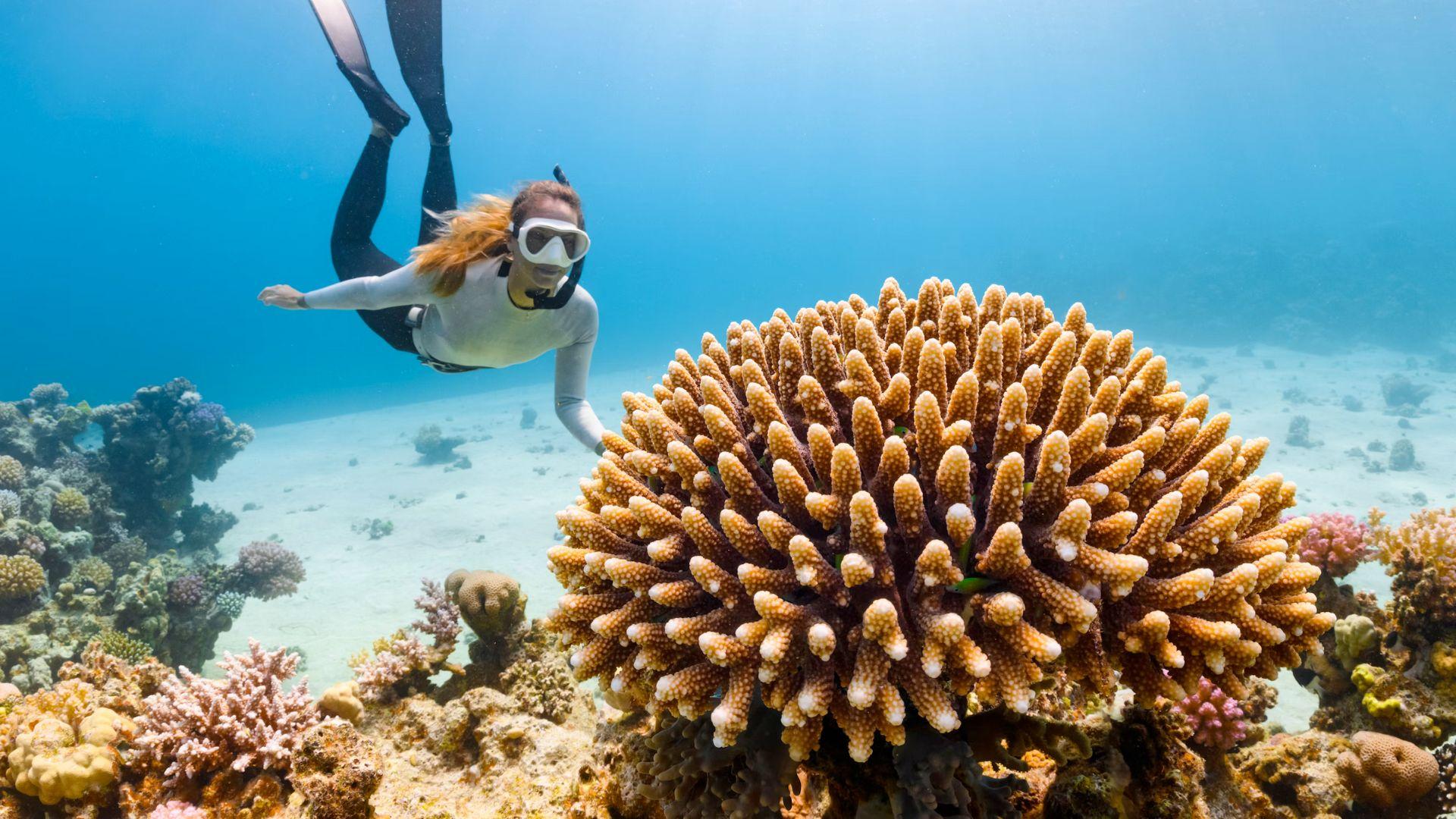
Coral reefs play a significant role in the global economy by generating millions of jobs in many sectors such as fisheries, tourism, and pharmaceuticals. They are crucial for both commercial and subsistence fishing, offering a vital protein source for countless individuals around the world.
In addition to their importance for food security, coral reefs attract tourists with their diverse marine life, supporting a robust industry that includes activities like snorkeling, diving, and conservation education. Furthermore, the unique organisms found in these reefs hold promise for developing new medicinal compounds, contributing to the advancement of pharmaceuticals.
Climate Regulation
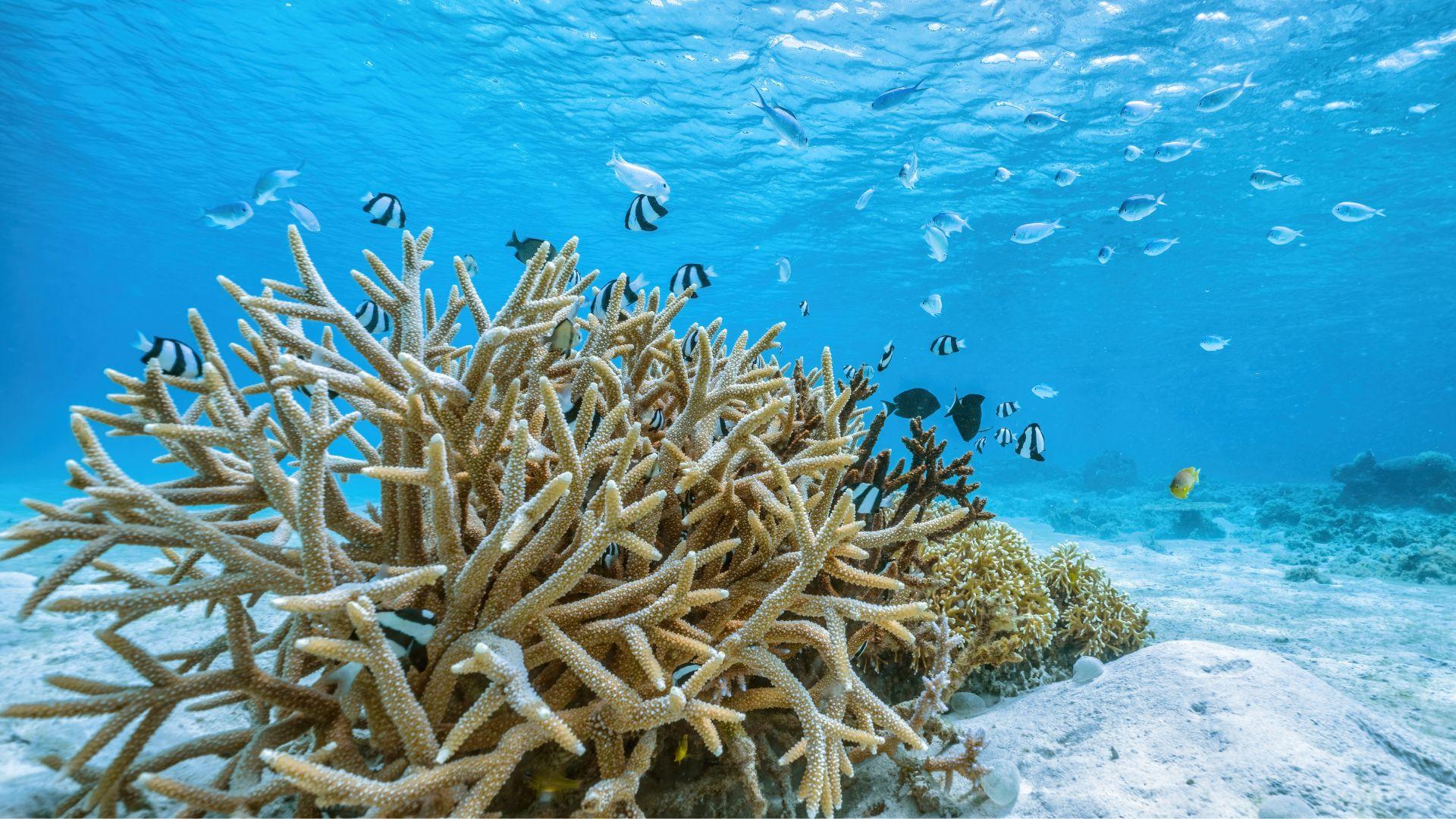
Coral reefs are integral to the global carbon cycle, serving as an important but often overlooked component in carbon collection. While forests are more widely acknowledged for their role in capturing atmospheric carbon, coral reefs also significantly contribute to the ocean’s capacity as a carbon sink by absorbing carbon dioxide from the air.
The process of calcification, where corals form their skeletons, plays a crucial role in this carbon capture. By incorporating carbon dioxide into their structures, corals help to reduce atmospheric CO2 levels, therefore aiding in the mitigation of climate change impacts.
Identifying Coral Reefs
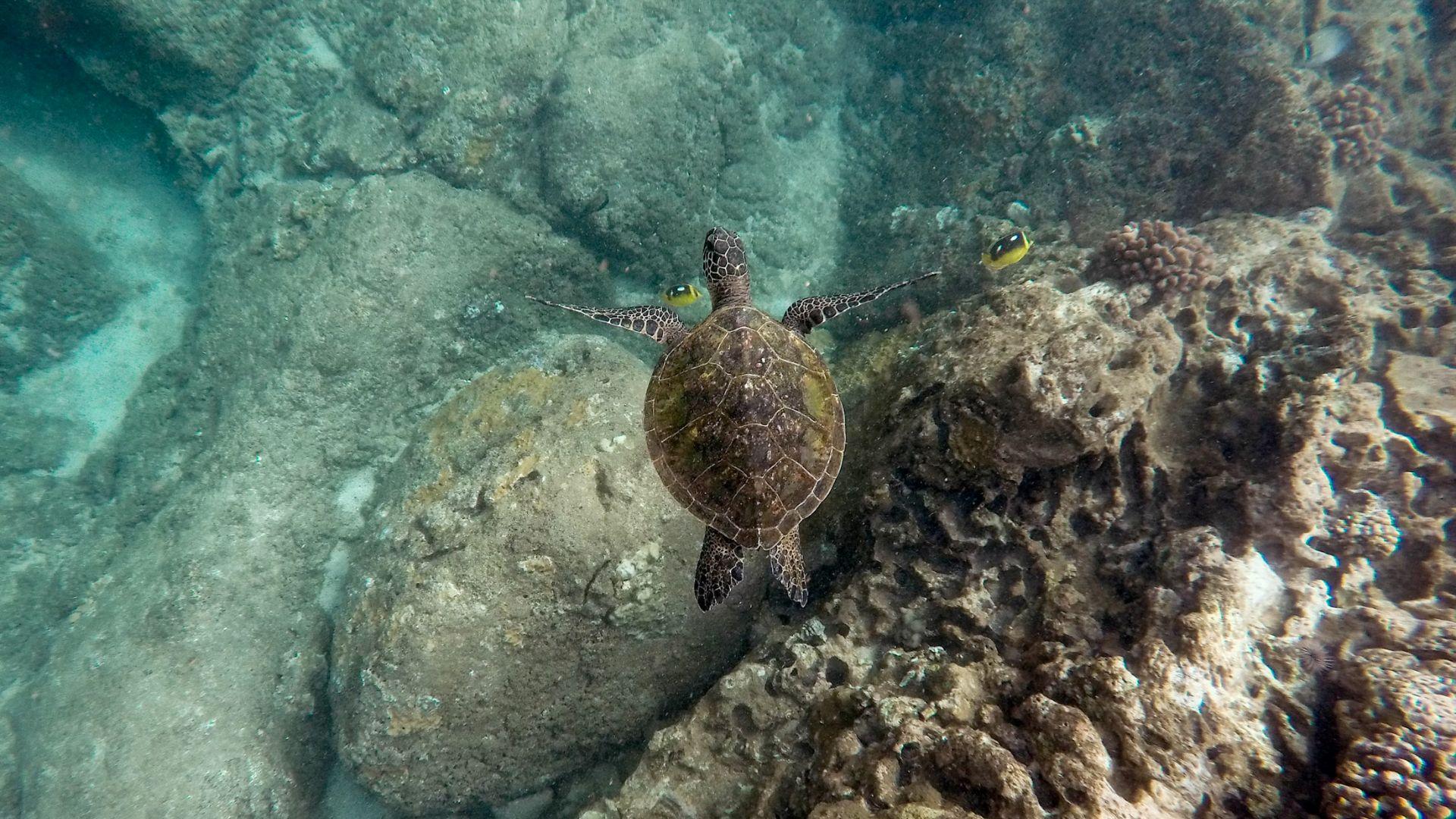
Dr. Mitchell Lyons is a researcher from UQ’s School of the Environment and a contributor to the Allen Coral Atlas project. He shared that, through recent research, scientists have identified approximately 134,600 square miles (348,000 square kilometers) of shallow coral reefs. These reefs extend down to depths of 65-98 feet (20-30 meters).
“This revises up our previous estimate of shallow reefs in the world’s oceans,” Dr. Lyons explained. “Importantly, the high-resolution, up-to-date mapping satellite technology also allows us to see what these habitats are made from.”
Conductive to Coral Growth
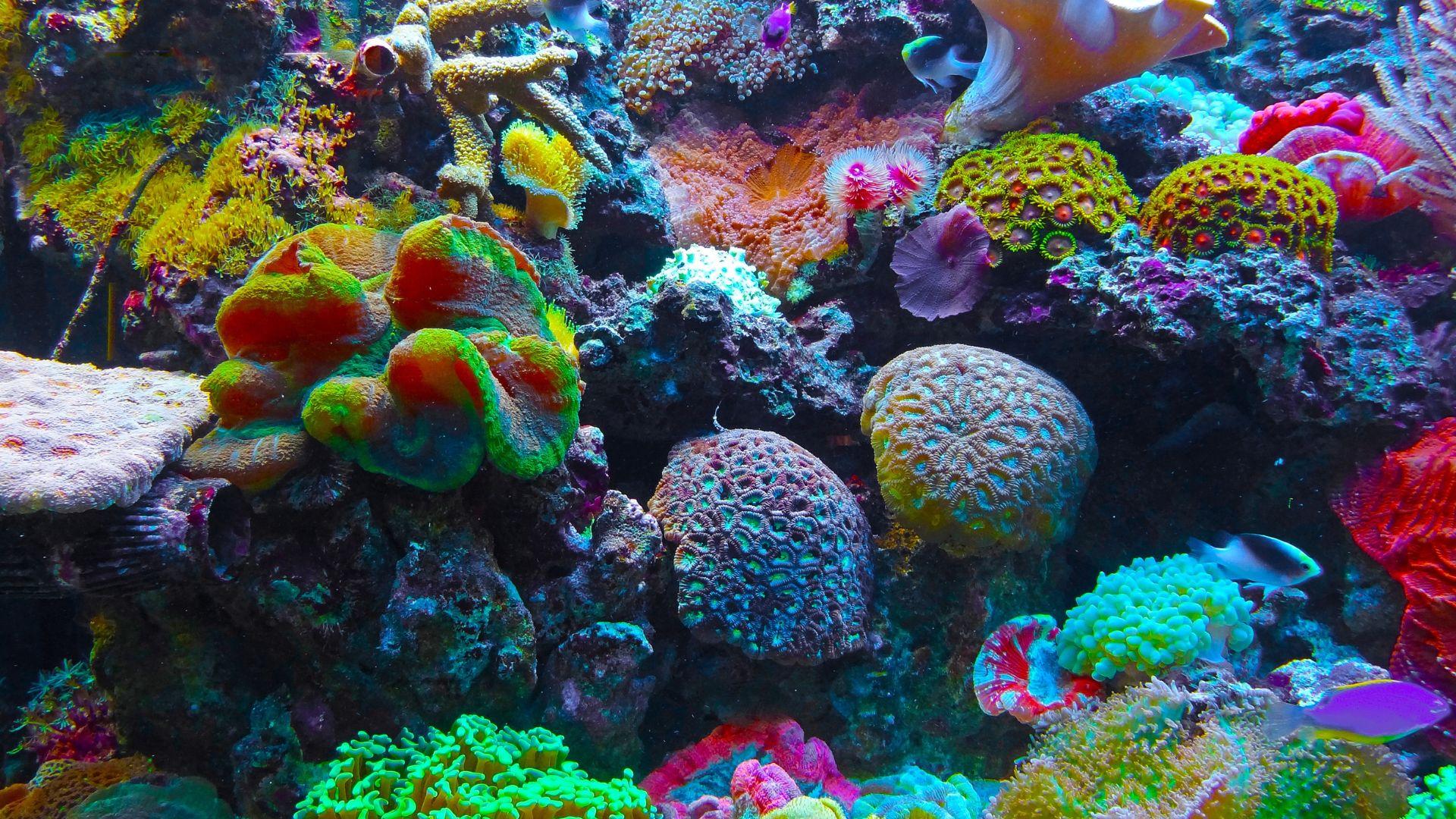
A noteworthy finding is that 80,000 square kilometers of these reefs feature a hard bottom surface—which promotes coral growth, unlike regions dominated by sand, rubble, or seagrass. This hard bottom environment is particularly favorable for coral development.
“This data will allow scientists, conservationists, and policymakers to better understand and manage reef systems,” Dr. Lyons said.
Using Technology
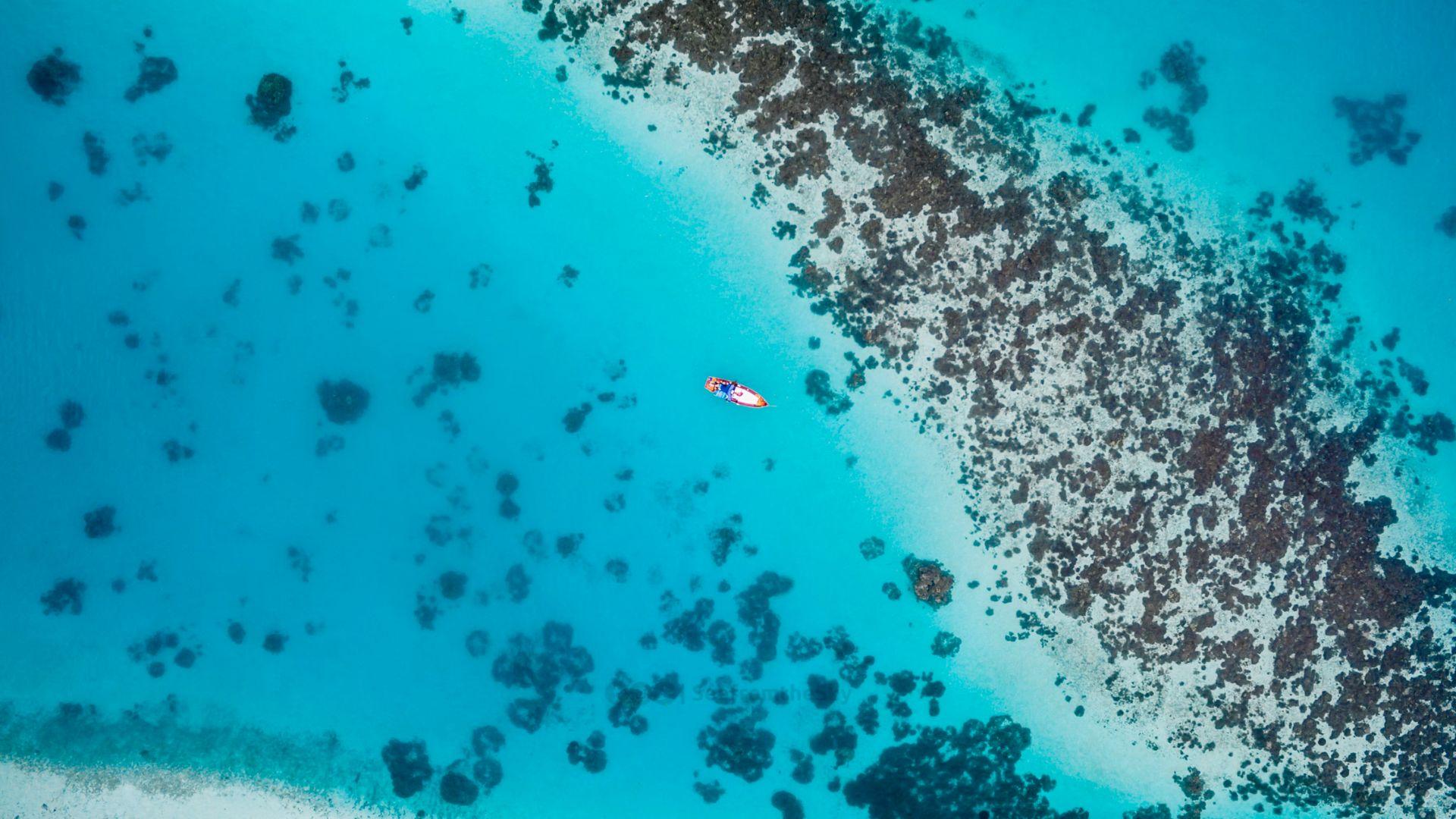
The project analyzed more than 1.5 million samples and 100 trillion pixels collected from the Sentinel-2 and Planet Dove CubeSat satellites. This extensive data was used to generate a detailed global map, providing an exceptional and detailed perspective on the world’s coral reefs.
“This is the first accurate depiction of the distribution and composition of the world’s coral reefs, with clear and consistent terminology,” Dr. Lyons said. “It’s more than just a map—it’s a tool for positive change for reefs and coastal and marine environments at large.”
Collaborative and Essential
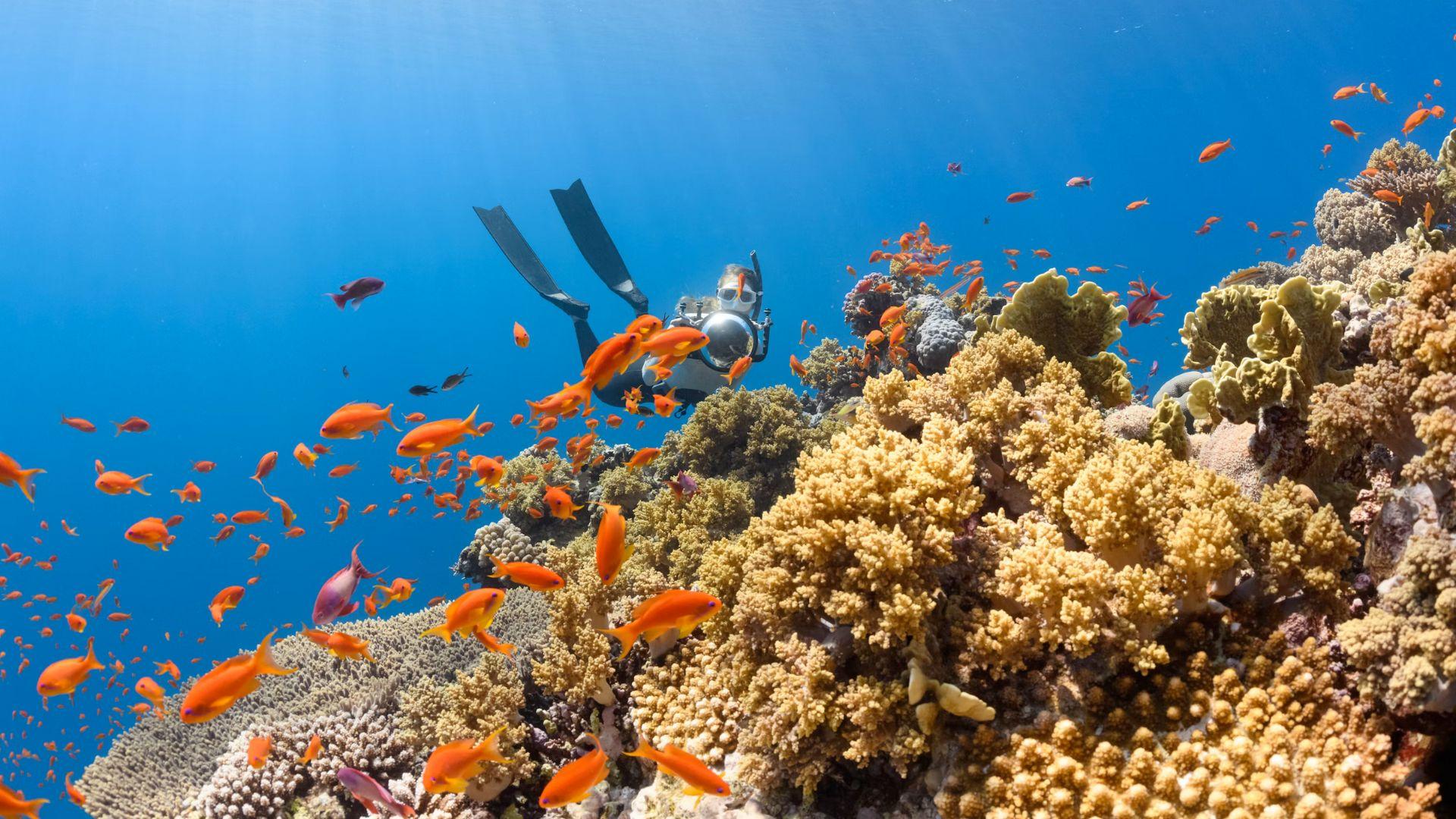
Associate Professor Chris Roelfsema—who is also from UQ—emphasized the collaborative effort behind the reef mapping initiative, which involved more than 480 contributors. This teamwork was crucial in creating the comprehensive maps and data sets that are now available to the public through platforms like the Allen Coral Atlas and Google Earth Engine.
The availability of such detailed and accessible data significantly enhances our ability to protect these essential ecosystems. With these resources at our disposal, we are better equipped than ever to ensure the preservation of coral reefs for future generations.
A World-Wide Effort
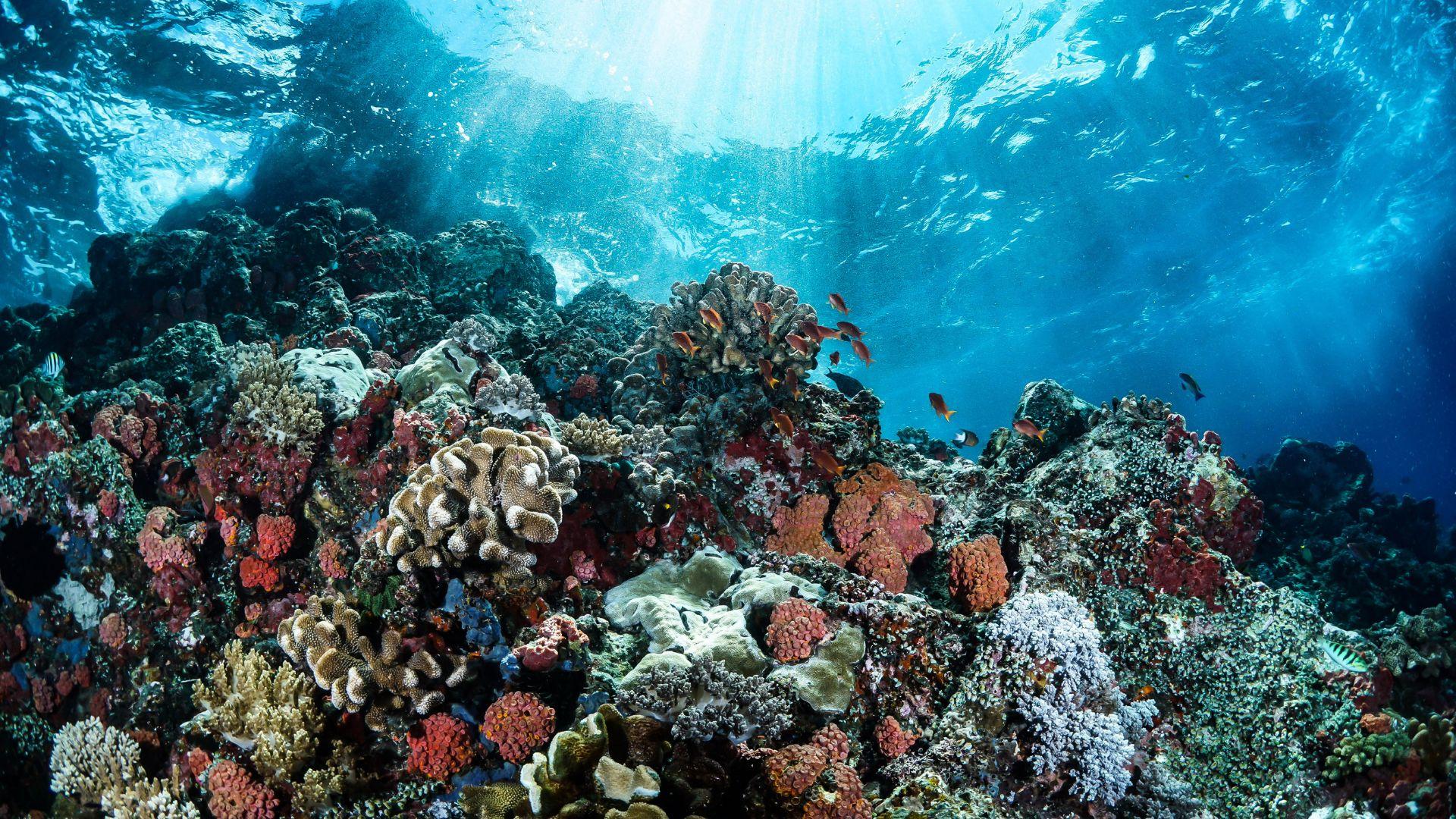
“These resources are already being utilized in coral reef conservation efforts across the globe,” Dr. Roelfsema said.. An enormous number of countries—from Australia to Kenya and regions extending to western Micronesia—have used this data as part of their coral reef conservation.
These comprehensive maps offer scientists, policymakers, and local communities crucial insights needed for making informed decisions about coral reef preservation. The research underscores the often-overlooked significance of coral reefs and establishes a new benchmark for their protection, paving the way for more effective conservation strategies.
Conservation Urgency
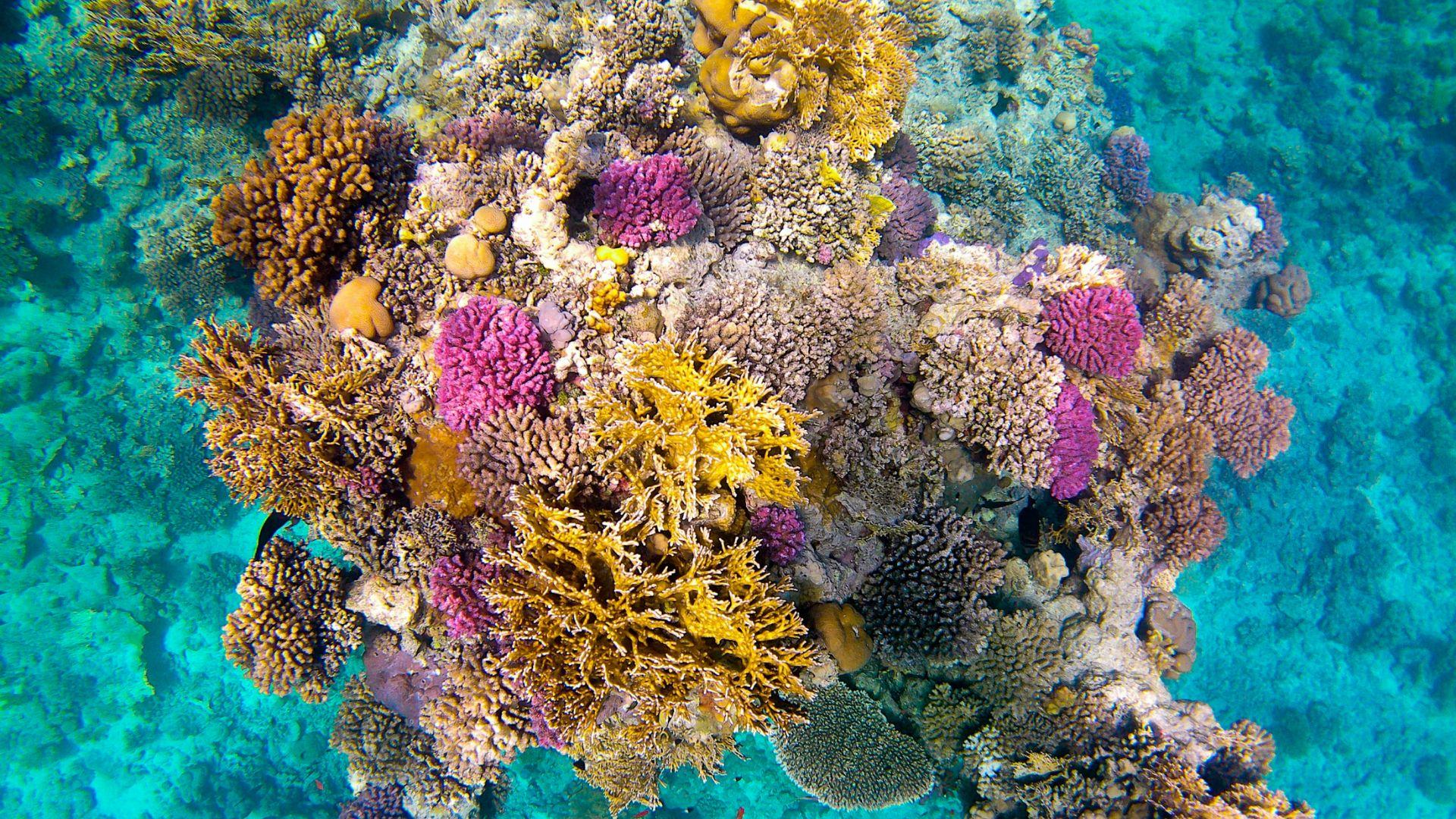
Coral reefs are crucial to marine ecosystems, yet they regularly confront severe challenges from climate change and pollution to overfishing and harmful fishing methods. Rising sea temperatures have led to a spike in coral bleaching incidents, jeopardizing the health and survival of these vital underwater structures.
Efforts to conserve and restore coral reefs are essential not only for preserving biodiversity but also for maintaining human well-being and economic stability. Protecting these reefs is increasingly urgent as their decline could have far-reaching impacts on both the environment and economies that depend on them.
The Global Importance of Coral Reefs
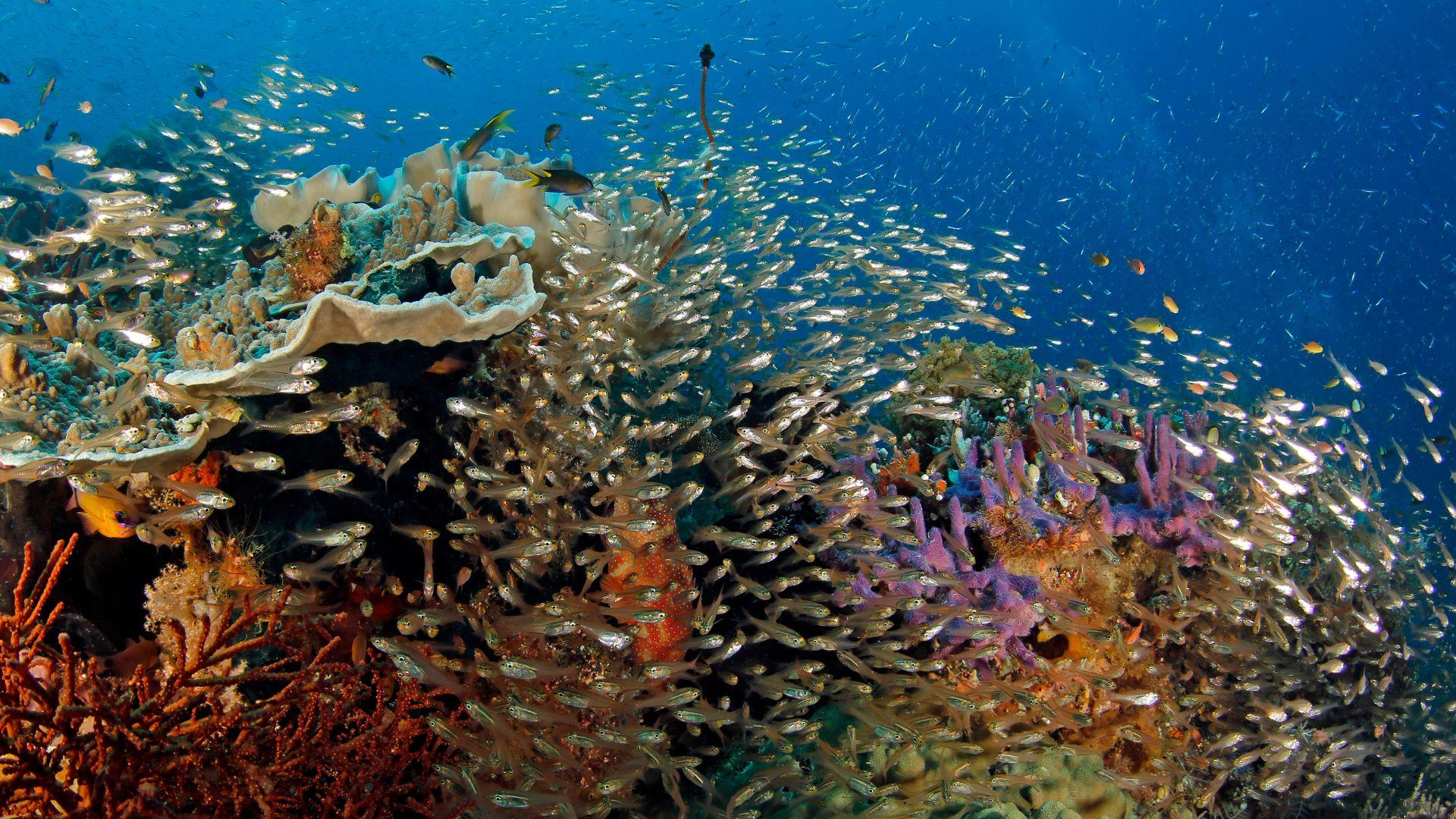
Preserving coral reefs demands a unified global effort. Effective conservation involves cutting greenhouse gas emissions, adopting sustainable fishing methods, regulating tourism, and supporting reef restoration projects. Every measure to safeguard these ecosystems not only enhances the health of our planet but also protects the livelihoods and futures of people around the world.
Coral reefs are invaluable assets that highlight the intricacies of our Earth and the critical need for environmental care. Their protection reflects our dedication to creating a sustainable and resilient environment for future generations.

